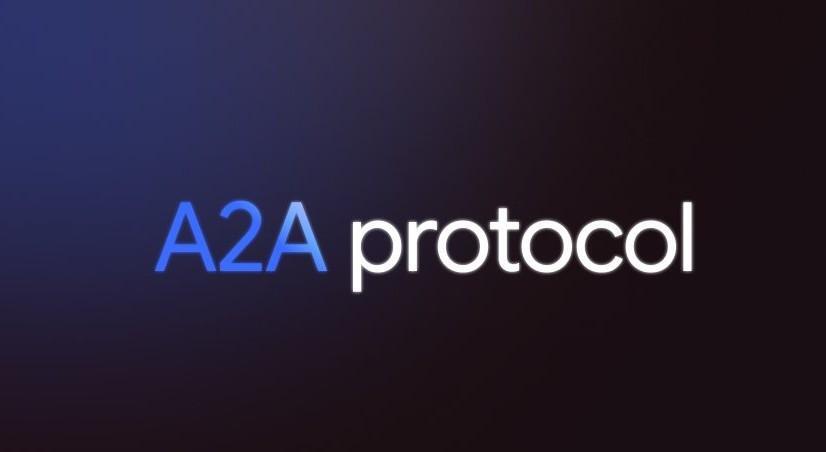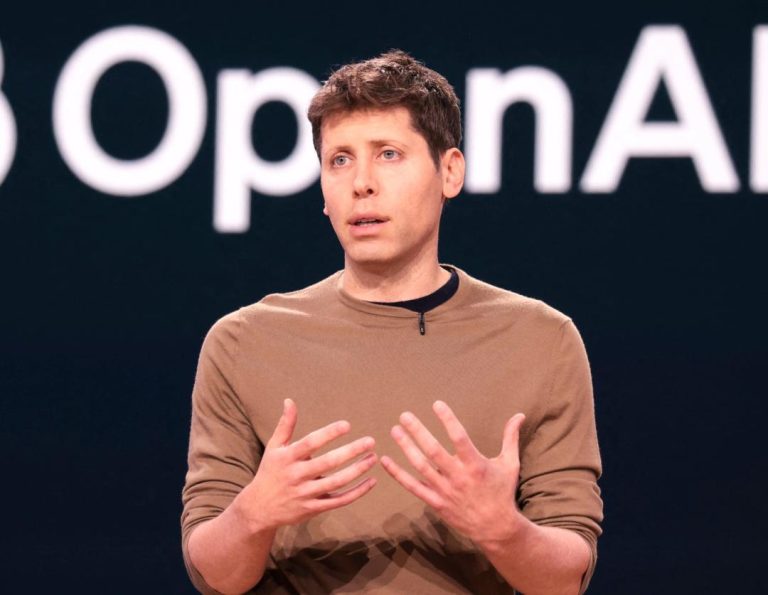
Google Launches A2A Protocol to Enhance AI Agent Synergy
The world of artificial intelligence (AI) has witnessed tremendous advancements in recent years, with AI agents becoming an integral part of various industries, from customer service to healthcare. However, the proliferation of AI agents has also led to a challenge: seamless interoperability between different systems and platforms. To address this issue, Google has launched Agent2Agent (A2A), a new open-source protocol that enables AI agents to communicate with each other securely and coordinate actions over various enterprise platforms or applications.
What is Agent2Agent (A2A)?
A2A is a protocol designed to facilitate communication and collaboration between AI agents built using different technologies, platforms, and programming languages. This protocol enables AI agents to exchange information securely, coordinate actions, and work together seamlessly, thereby enhancing the overall efficiency and effectiveness of AI applications.
How does A2A work?
A2A is built on top of existing technologies such as JSON and WebSockets, making it easy to integrate with existing systems and platforms. The protocol uses a decentralized architecture, which allows AI agents to communicate with each other directly, without the need for a centralized broker or mediator.
Here’s a high-level overview of how A2A works:
- Agent Registration: AI agents register with the A2A network, providing their unique identity and capabilities.
- Agent Discovery: When an AI agent needs to interact with another agent, it searches the A2A network for agents with the required capabilities.
- Agent Communication: The two AI agents establish a secure communication channel using WebSockets, which enables them to exchange information and coordinate actions.
- Secure Information Exchange: A2A uses end-to-end encryption to ensure that information exchanged between AI agents is secure and tamper-proof.
Benefits of A2A
The benefits of A2A are numerous, and they can be summarized as follows:
- Improved Interoperability: A2A enables AI agents built using different technologies and platforms to communicate with each other seamlessly, thereby improving interoperability and reducing integration costs.
- Enhanced Collaboration: A2A enables AI agents to collaborate more effectively, leading to better decision-making and more accurate outcomes.
- Increased Efficiency: A2A streamlines the communication process between AI agents, reducing the time and effort required for information exchange and coordination.
- Scalability: A2A’s decentralized architecture makes it easy to scale the protocol to meet the needs of large and complex systems.
Use Cases for A2A
A2A has numerous use cases across various industries, including:
- Customer Service: A2A can enable customer service chatbots from different platforms to collaborate and provide a more personalized and efficient customer experience.
- Supply Chain Management: A2A can facilitate communication and coordination between AI agents responsible for managing inventory, logistics, and shipments.
- Healthcare: A2A can enable AI agents from different healthcare systems to share patient information and coordinate treatment plans.
Conclusion
Google’s launch of A2A is a significant step towards enhancing AI agent synergy and interoperability. A2A’s decentralized architecture, secure information exchange, and ability to facilitate collaboration between AI agents built using different technologies and platforms make it an attractive solution for developers and organizations looking to build more efficient and effective AI applications.
Source:
https://developers.googleblog.com/en/a2a-a-new-era-of-agent-interoperability/






